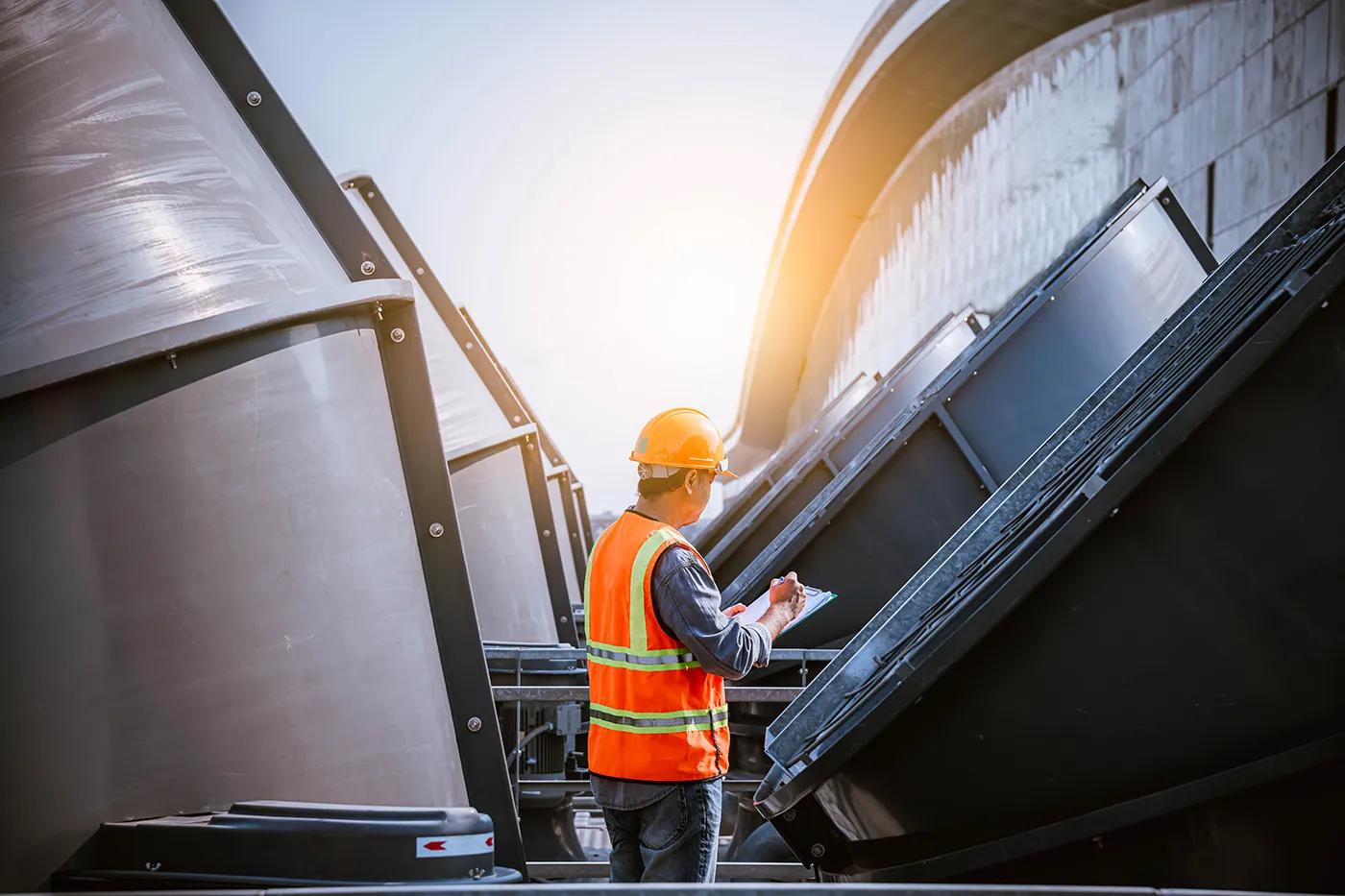Importance of Sustainability in the HVAC Industry
While sustainability is a buzzword, it can become almost overused. With an all-out effort to become a carbon-neutral business, city, and country in a matter of years, it’s no wonder some would rather turn a blind eye than sit in another meeting about sustainability. The risk with this, though, is that sustainability is not just about climate change and environmental impact. It’s also about the bottom line and resource management. Creating and shipping a product sustainably in any industry requires intentionality to reduce unnecessary costs and long-term consequences for the end-user.
This leads us to think that the design of the product alone is not the only area of focus here. There are also environmental and financial drawbacks in the application of single-use plastics or non-recyclable packaging. Savings and long-term benefits could be achieved by a change as simple as swapping traditional shipping solutions for recyclable shipping crates. Many recyclable options are lighter in weight, less expensive, and easier to unpack and dispose of (or even reuse). The question then lies on whether these alternatives really provide the necessary protection and durability needed in transit.
The Importance of Sustainable Practices in the HVAC Industry
If you’re reading this, you are no stranger to the energy consumption and carbon emissions of most HVAC systems. In fact, nearly 20% of the world’s energy consumption is in cooling systems such as air conditioning and fans, according to IEA’s 2018 report.
While this stark number may not be something easily changed, a fraction of a percent in electricity usage across hundreds of systems can make a larger impact than one might expect. This is why LEAN works. Asking ourselves, “How can I become 2% more efficient today?” applies to every aspect of our work, products, and process. So, what does this look like for the HVAC industry, aside from the obvious options such as ductless units and smart thermostats?
What other aspects of business and operations impact efficiency and sustainability? Today we’re going to explore the logistics side of things and how crating choice may be an untapped area of opportunity.
Introducing Recyclable Shipping Crates
Wood crates do the job, but they also leave shippers, loaders, receivers, and contractors with a lot of unnecessary hassle. Cardboard boxes, however, are not even close to an effective option. This is where an in-between solution would help tremendously—one with the resilience, strength, and capacity of a wood crate but with the ease, lighter weight, and recyclability of a cardboard box. Enter Ecorrcrate.
Our team has engineered a solution preserving all the benefits without the drawbacks. By cross-laminating corrugated lumber, the result is not a box but a crate with the durability of its wood rival. In the process, this crate also provides extra protection against damage in transit due to the nature of its materials. For example, when dropped, the Ecorrcrate absorbs shock. Wood crates transfer that energy directly into the product within, leaving it at a higher risk of damage.
What does this mean for the HVAC supply chain? It’s simple. Save money, minimize labor, and improve satisfaction—all of which contribute to an ongoing sustainability effort.
Do Recyclable Shipping Crates Last?
One of the biggest questions from skeptics is, “Do recyclable shipping crates last?” We get it. It sounds pretty crazy considering the flimsy, unreliable, basic cardboard box. The kicker is—Ecorrcrate is not a box.
Like wood crates, Ecorrcrates can be reused. They can be made with as many layers as needed for extra stacking strength or load capacity, and since they don’t require a box cutter or crowbar, they sustain little to no damage in repeat uses. Companies with closed loop systems have reported using the same Ecorrcrates and getting 50 to 100 turns. To go even further, if a component is damaged for some reason, that piece can be easily swapped without replacing the entire crate.
How to Get Started with Ecorrcrate
Here’s the bottom line—you were tasked with finding more sustainable solutions for shipping HVAC systems, and you stumbled across Ecorrcrate. This article has been compelling, but you need something actionable to take back to the team before a decision is made.
- If you’re ready to get a quote, first identify your inside dimensions, how you plan to secure or fasten the part within the crate, and the quantity you’ll need to order with each batch.
- Our team has a collaborative approach and can provide consulting on fastening strategies that have been successfully executed by others in your industry.
- The first order is a sample for your testing purposes to ensure you have every confidence in the proper fit and function of the proposed design.
The Future of HVAC Sustainability
Perhaps the HVAC industry will experience a drastic shift in environmentally-friendly design. Or, maybe a warehouse associate will change the game with a unique and genius idea. Regardless of what is to come, sustainability (however overused) is important, and there are actions we can take to improve every day. Yours might be giving our team a call to see what options are available. Ours might be increased efficiency to decrease manufacturing time. In either case, that 2% question still stands. What will you do today?
Additional Resources and Links
Next Steps
Request a Quote
Browse Small-Batch Inventory
Keep Learning
Forbes 2024 The Future of HVAC
Newlab’s Sustainable HVAC Technologies

